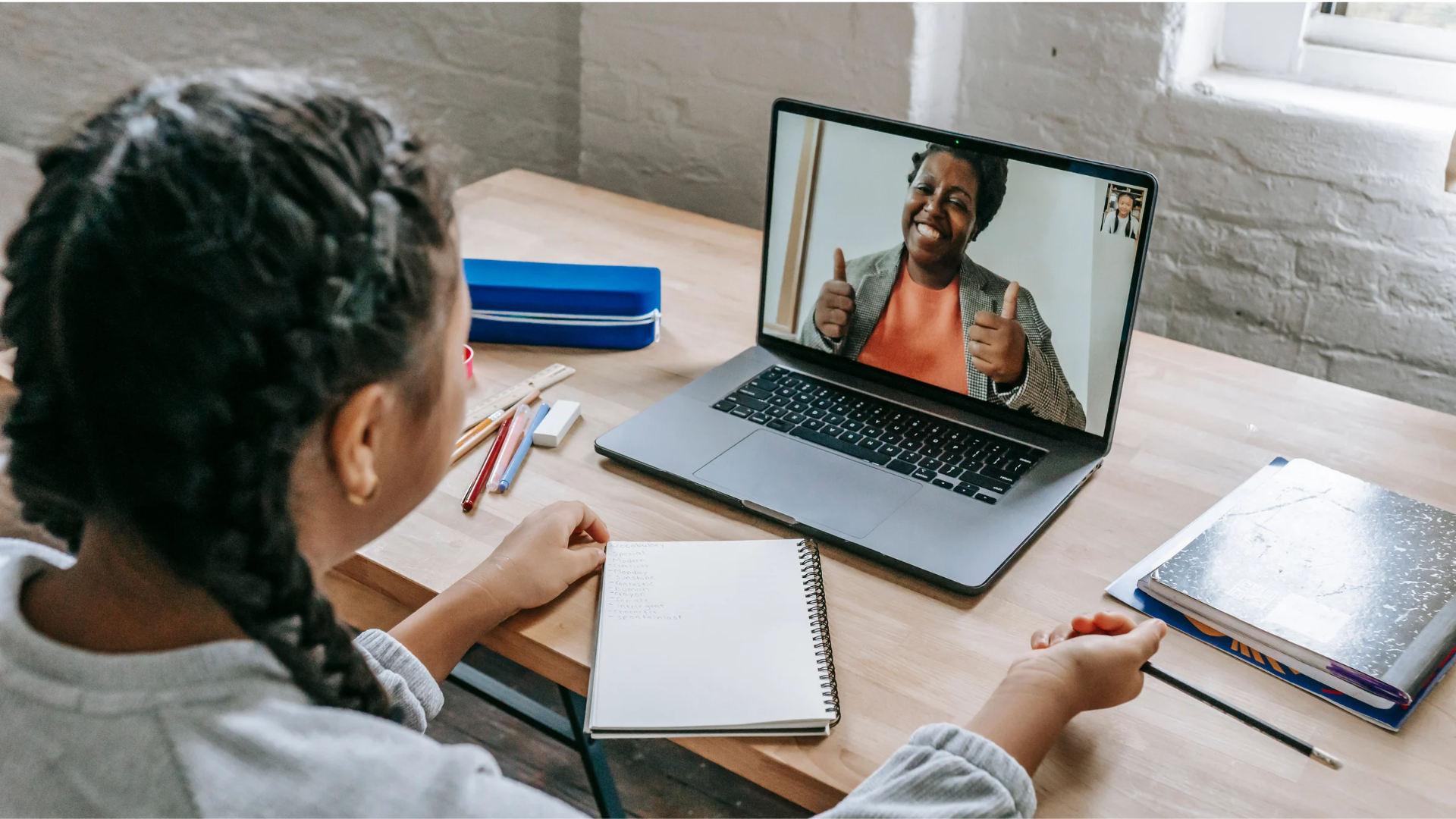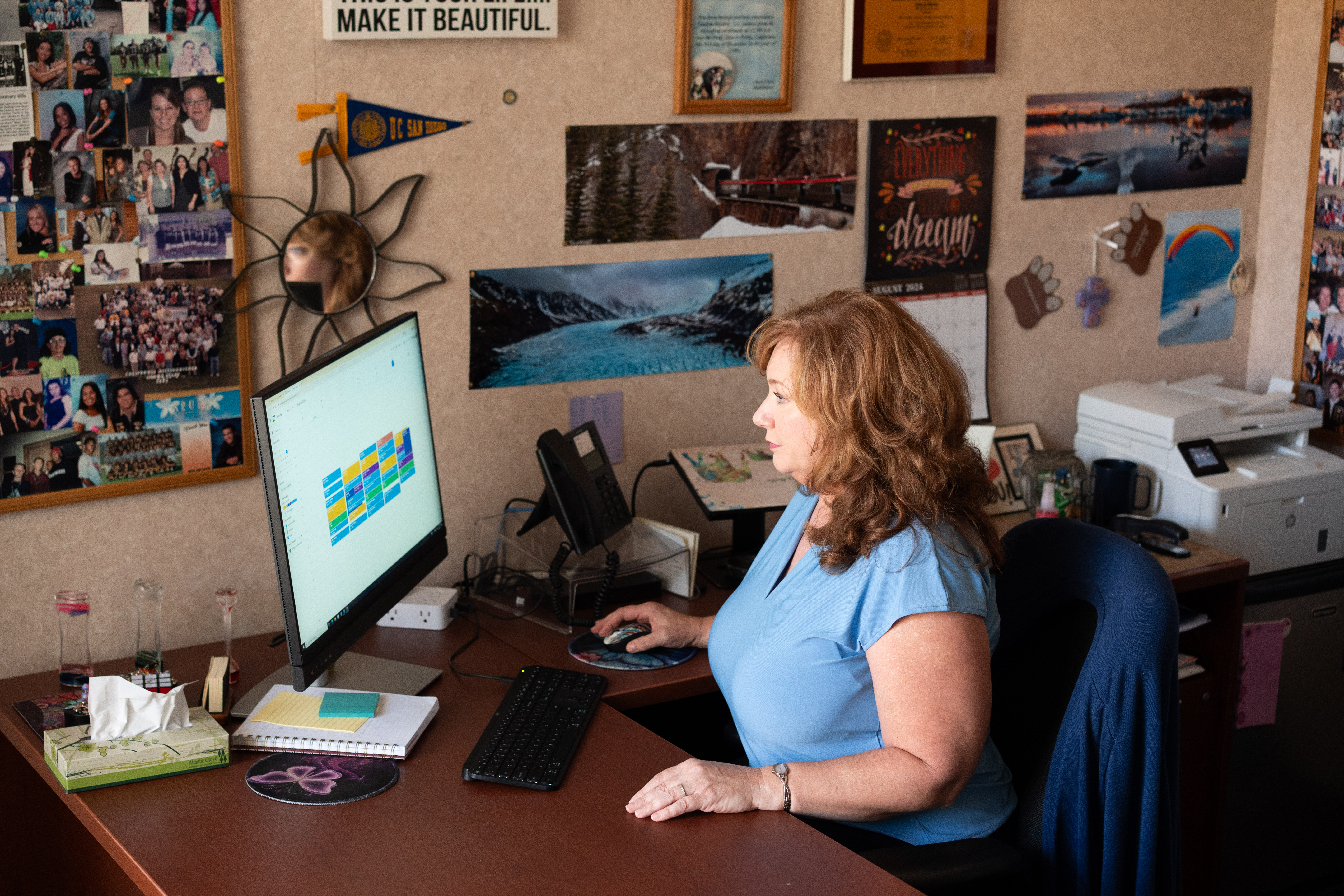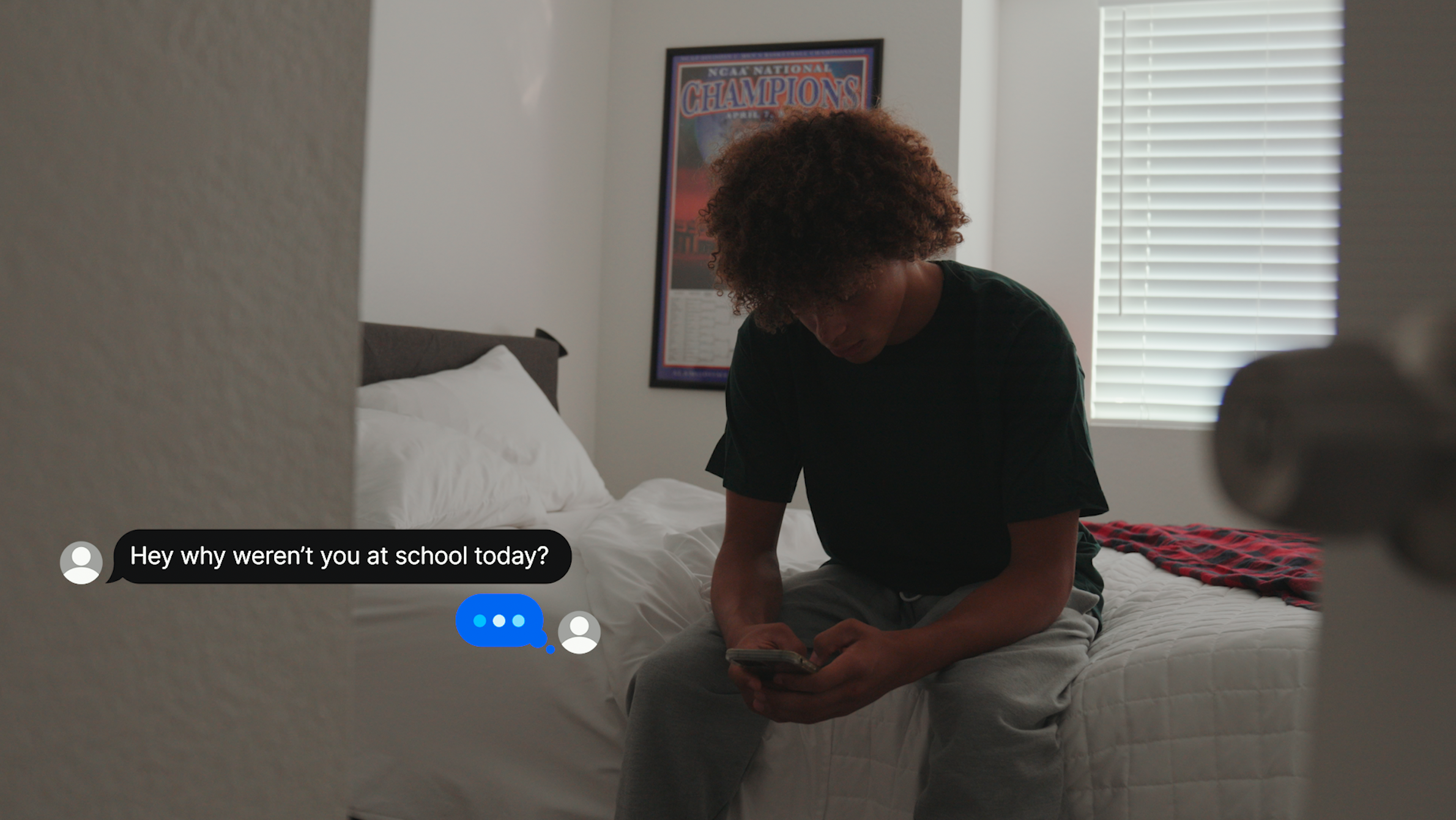Proactive Leadership: 5 Tactics to Help Safeguard Your School Staff Against Burnout
As a school leader, you’re well acquainted with burnout. It’s a potential occupational hazard for educators, no matter what their role. You may have...
4 min read
Care Solace Mar 9, 2023 12:13:00 PM

The current youth mental health crisis — which was declared a national emergency in 2021 — continues to present massive challenges to educators. It’s not just teenagers who need advocacy and practical support. In fact, the biggest increase in requests for mental health care in 2022 was for children 3-11 years old1.
Schools like yours have taken a number of measures to address the mental health needs of students. You’ve likely hired additional mental health care workers, trained teachers how to respond to trauma, and promoted social-emotional learning2. And chances are that your school counselors routinely refer students to outside mental health care providers — many of whom work with kids via teletherapy.
However, in some situations, students and families might strongly prefer in-person therapy. And when teletherapy is the only method your school offers, those families may be utterly on their own to find an in-person provider. Fortunately, with the partnership of Care Solace, you can offer a choice of therapy methods to students — while also freeing up your staff.
In order for teletherapy to work at school, private spaces and school staff to supervise appointments have to be readily available. Given how stretched school staff is, that may not be possible. And at home, children need access to Wi-Fi and a computer — which not all households have. It’s important to remember that 16% of children live below the poverty line, and half are insured under Medicaid or CHIP3.
Despite the conveniences of teletherapy, it isn’t a one-size-fits-all solution for children’s mental health care. Even when the school can support on-site teletherapy or the family has Wi-Fi and a computer, the child may be far better served in the real presence of a therapist. In-person therapy can create space for:
Yes, teletherapy can provide much that in-person therapy does, but it is not an exact replica. Some situations — and some children — can best be helped by human connection in a shared space.
Care Solace Can Help Schools Connect Kids to the Right Help
28% of school health professionals say personal capacity – including not having the time to make phone calls or follow-up – is the main barrier preventing them from finding community-based providers for needs that exceed the scope of school-based services1. That’s where Care Solace can step in and find help for every student in the way that’s best for them.
Despite the increased demand and provider shortage, Care Solace connected to care faster than the national average in 2022. We responded to requests for help in less than 15 minutes on average and found matched providers within 5 days.
Act as an extension of your school support team. Care Solace supports those in need 24/7/365 and helps families navigate insurance, wait times, provider availability, and scheduling processes.
Tap into a vast database of mental health providers. School counselors and parents don’t have to take on the heavy lift of making calls, leaving messages, and writing emails. Care Solace is determined to find community-based provider options — whether via teletherapy or in-person — as quickly as possible.
Provide Case Management and Referral Tracking software. School counselors can stay informed with real-time updates on the progress of each referral. They’ll stay updated every step of the way.
91% of school health professionals saw improved well-being, behavior, attendance, and academic performance in students after they onboarded with Care Solace1. And for every one child’s mental health improvement, there is a positive ripple effect for the entire school.
Your educators will continue to do more than they went to school for. They’ll open their classroom doors, offer a listening ear, and direct kids to available school resources. But educators simply can’t be students’ sole support — and they don’t have to be.
When your school is ready to take action and make a change for your students’ mental health, request a Care Solace demo.
Footnote
2. Restoring what the pandemic took: Social and emotional learning for kids
3. Childhood Poverty in the United States
5. Psychotherapy for Children and Adolescents: Different Types

As a school leader, you’re well acquainted with burnout. It’s a potential occupational hazard for educators, no matter what their role. You may have...

Schools are often the first line of defense in supporting student mental health and preventing youth suicide. Recognizing this responsibility,...
.png)
When someone you love dearly dies by suicide, you’ll experience a range of emotions as you grieve. Some moments you may feel angry; in other moments,...